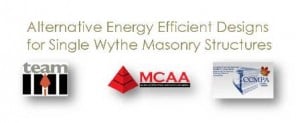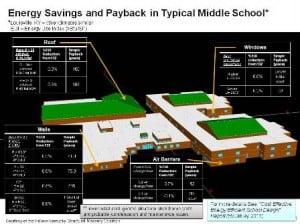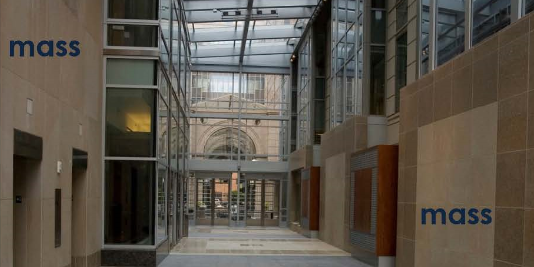
As IMI points out to designers, walls with high thermal mass such as masonry actually perform much better than simply adding insulation.
IMI has partnered with MCAA and CCMPA to have Dr. Mark McGinley (University of Louisville) conduct a study using whole building energy models to determine code compliant designs for single wythe masonry buildings in climate zones 3 – 7, which include most of northern US and southern Canada. It addresses both US and Canadian codes.
Here is a brief excerpt from the proposal to underscore the need for the study:
“In most climates in the US, the code mandated prescriptive envelope requirements would require that single wythe exterior masonry walls be continuously insulated with insulation R values varying from 5.7 ft²•°F•h/Btu to over 15 ft²•°F•h/Btu . This requirement greatly impacts the cost of these wall systems and often detrimentally affects their durability and maintenance costs. Furthermore most of the design guides that have been developed for energy efficient design start with the assumption that increases in building envelope thermal resistance are needed to improve a building’s energy efficiency. Thus most designers assume that a high R building envelope is needed for a building to be energy efficient. However, a recent study by the author of this proposal (Dr. Mark McGinley) has shown that increasing insulation in a building may have only a minimal effect on the overall energy performance of the building, especially for walls with a high thermal mass. Providing large increases in the thermal resistance of the building envelope will not necessarily result in a corresponding reduction in building energy use. It appears that after a certain point “more is not necessarily better”.





